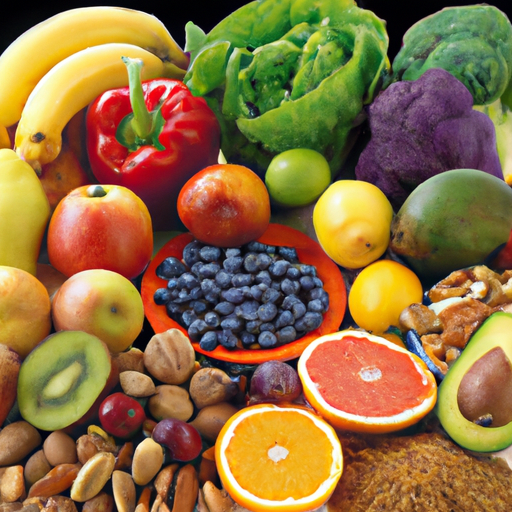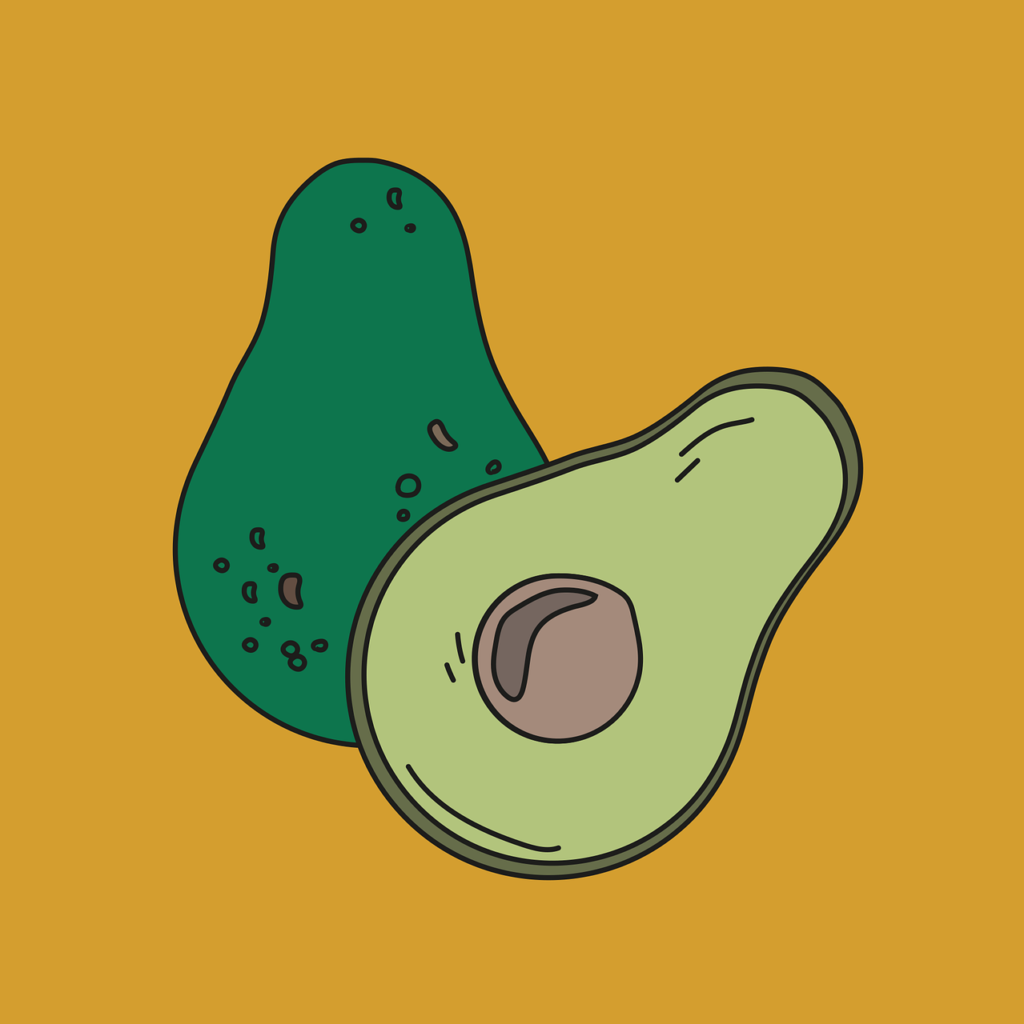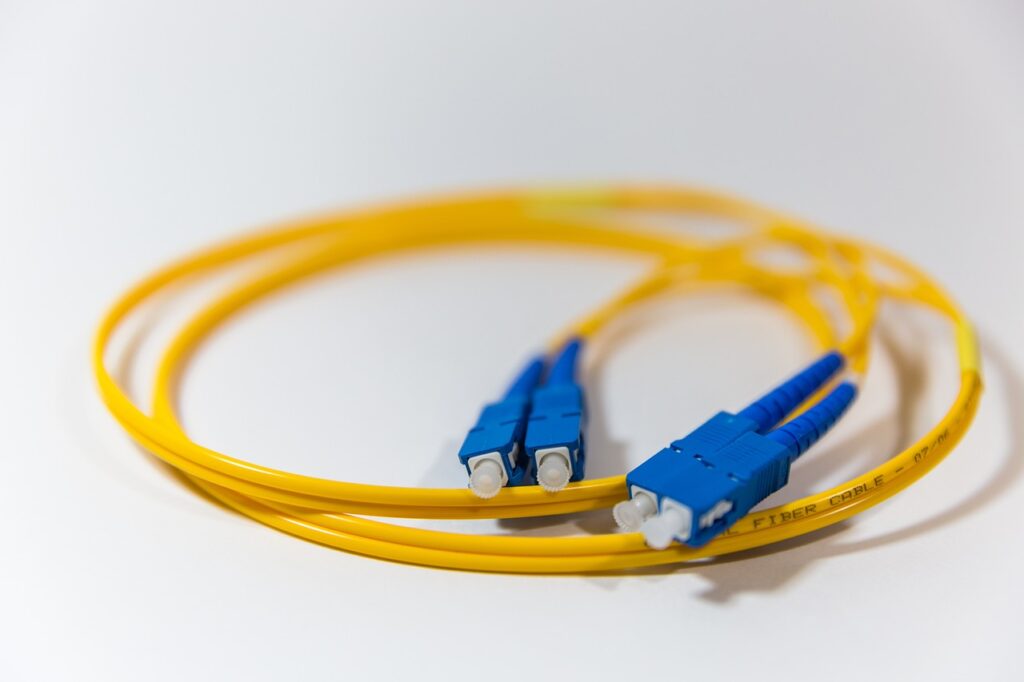Looking to increase your fiber intake for better health and weight management? Look no further! We’ve got you covered with our downloadable printable list of high fiber foods. Discover the numerous benefits of fiber, including improved digestive health, heart health, weight management, and reduced risk of diseases like diabetes, cancer, and cardiovascular disease. With two main types of fiber and a variety of delicious plant-based options, you’ll find everything you need to incorporate more fiber-rich foods into your daily diet. Plus, we’ve included tips and tricks to help you boost your fiber intake and a convenient chart categorizing high fiber foods for easy reference. Download your free list today and start nourishing your body with the power of fiber!
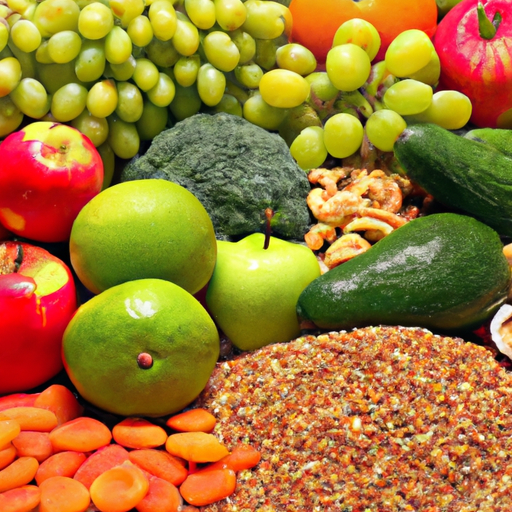
Types of Fiber
Soluble Fiber
Soluble fiber is a type of fiber that dissolves in water to form a gel-like substance in the digestive tract. It can help lower cholesterol levels, regulate blood sugar levels, and promote the growth of beneficial gut bacteria. Foods rich in soluble fiber include oats, barley, lentils, apples, oranges, and carrots.
Insoluble Fiber
Insoluble fiber does not dissolve in water and passes through the digestive system relatively intact. It adds bulk to stool, helps prevent constipation, and promotes regular bowel movements. Foods rich in insoluble fiber include whole wheat bread, brown rice, broccoli, cauliflower, nuts, and seeds.
Benefits of Fiber
Improved Digestive Health
Fiber plays a crucial role in maintaining a healthy digestive system. It adds bulk to stool, softens it, and helps prevent constipation. By promoting regular bowel movements, fiber prevents various gastrointestinal issues like irritable bowel syndrome and diverticulitis. Additionally, fiber supports the growth of beneficial gut bacteria, which aids in digestion and overall gut health.
Heart Health
Including an adequate amount of fiber in your diet can significantly improve your heart health. Soluble fiber has been found to lower levels of LDL (bad) cholesterol by binding to it and removing it from the body. High LDL cholesterol is a risk factor for heart disease, and by reducing its levels, fiber helps protect against cardiovascular issues like heart attacks and strokes.
Weight Management
Fiber is an essential nutrient for weight management. High-fiber foods are typically low in calories but high in volume, making you feel full and satisfied without consuming excess calories. Additionally, fiber slows down the digestion process, keeping you satiated for longer periods of time and reducing the likelihood of overeating. Research has shown that individuals who consume an adequate amount of fiber tend to have a lower body weight and a lower risk of obesity.
Reduced Risk of Diseases
A high-fiber diet has been associated with a reduced risk of various diseases. Fiber-rich foods, particularly those high in soluble fiber, can help regulate blood sugar levels and improve insulin sensitivity, reducing the risk of developing type 2 diabetes. Moreover, fiber aids in maintaining a healthy weight, which further lowers the risk of diabetes. Studies have also shown that fiber intake is linked to a lower risk of certain types of cancers, such as colon and breast cancer. Additionally, the consumption of fiber-rich foods has been associated with a decreased risk of cardiovascular disease, including coronary artery disease and stroke.
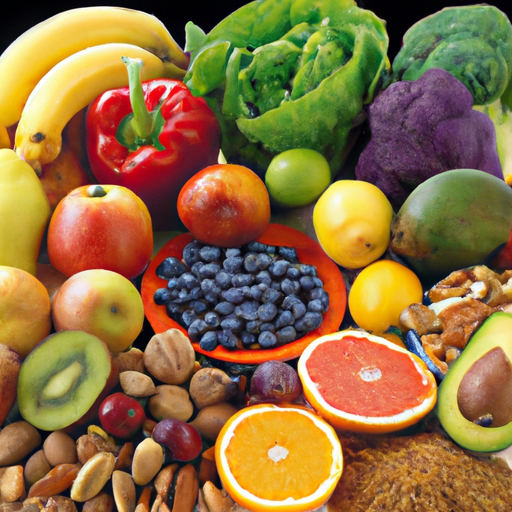
Recommended Daily Fiber Intake
The recommended daily fiber intake varies depending on factors such as age, gender, and location. In general, adult men are advised to consume around 38 grams of fiber per day, while adult women should aim for approximately 25 grams. However, these recommendations may vary slightly based on individual needs and health goals. It is always best to consult with a healthcare professional or registered dietitian to determine the optimal fiber intake for your specific circumstances.
Tips to Increase Fiber Intake
Add Berries to Breakfast
Start your day off right by adding a handful of berries to your breakfast. Whether you prefer strawberries, blueberries, or raspberries, these delicious fruits are packed with fiber. Sprinkle them on top of your cereal, oatmeal, or yogurt for a fruity and fiber-rich kick to your morning routine.
Swap White Bread for Whole Wheat
Make a simple yet effective swap by choosing whole wheat bread over white bread. Whole wheat bread is made from whole grains, which are rich in fiber. By making this small change, you can significantly increase your daily fiber intake. Whether you’re making a sandwich or enjoying toast, opt for the whole grain variety to reap the benefits of fiber.
Consume Smoothies with Fruits and Veggies
Smoothies are a fantastic way to pack in a variety of fruits and vegetables into your diet. Blend together a combination of your favorite fruits, such as bananas, berries, and oranges, with leafy greens like spinach or kale. By including fiber-rich fruits and veggies, you can enjoy a refreshing and nutritious beverage while boosting your fiber intake.
Incorporate Oats in Meals
Oats are a fiber powerhouse and can be easily incorporated into many meals. Start your day with a hearty bowl of oatmeal topped with nuts, seeds, and fruit for added fiber. You can also use oats in baking recipes like pancakes, muffins, and homemade granola bars. By adding oats to your meals, you’ll not only increase your fiber intake but also enjoy the numerous health benefits they offer.
Snack on Popcorn
Next time you’re looking for a crunchy snack, reach for some air-popped popcorn. Popcorn is a whole grain snack that is naturally high in fiber. Skip the butter and excessive salt and opt for a light sprinkle of herbs or spices for flavor. Snacking on popcorn can be a guilt-free way to increase your fiber intake while satisfying your cravings.
Pair Meat with Beans
To boost the fiber content of your meals, consider pairing meat dishes with beans. Beans, such as black beans, chickpeas, and lentils, are excellent sources of fiber and can be easily added to salads, soups, stews, or even as a side dish. By incorporating beans into your meals, you’ll not only enhance the fiber content but also introduce a valuable source of plant-based protein.
Add More Colorful Vegetables to Meals
Make your meals more vibrant and nutritious by adding a variety of colorful vegetables. Vegetables like broccoli, carrots, bell peppers, and Brussels sprouts are not only packed with vitamins and minerals but are also high in fiber. Roast them, sauté them, or enjoy them raw in salads to increase your fiber intake while adding a burst of flavor and color to your plate.
Mix Cauliflower Rice with Regular Rice
If you’re a fan of rice, consider mixing cauliflower rice with your regular rice for a fiber-rich alternative. Cauliflower rice is simply cauliflower that has been finely chopped to resemble rice grains. By combining it with regular rice, you can significantly increase the fiber content of your meal without compromising on taste or texture.
Chart of High Fiber Foods
Grains
- Oats
- Barley
- Whole wheat bread
- Brown rice
- Quinoa
Fruits
- Apples
- Berries (strawberries, blueberries, raspberries)
- Oranges
- Pears
- Avocado
Vegetables
- Broccoli
- Carrots
- Brussels sprouts
- Spinach
- Kale
Legumes
- Black beans
- Chickpeas
- Lentils
- Kidney beans
- Split peas
Fats
- Chia seeds
- Flaxseeds
- Almonds
- Pistachios
- Walnuts
In conclusion, fiber is an essential nutrient for maintaining good health and managing weight. There are two main types of fiber – soluble and insoluble – each offering unique benefits to the body. By incorporating fiber-rich foods into your diet, you can enjoy improved digestive health, better heart health, weight management, and a reduced risk of various diseases. It is important to aim for the recommended daily fiber intake, which may vary based on factors like age and gender. By following simple tips like adding berries to breakfast, swapping white bread for whole wheat, and incorporating high fiber foods into your meals, you can easily increase your fiber intake. Use the chart of high fiber foods as a reference to help you choose fiber-rich options from different food groups. Remember, small changes to your diet can make a big impact on your overall health and well-being. So start including fiber-rich foods in your meals today and reap the benefits of this essential nutrient.

